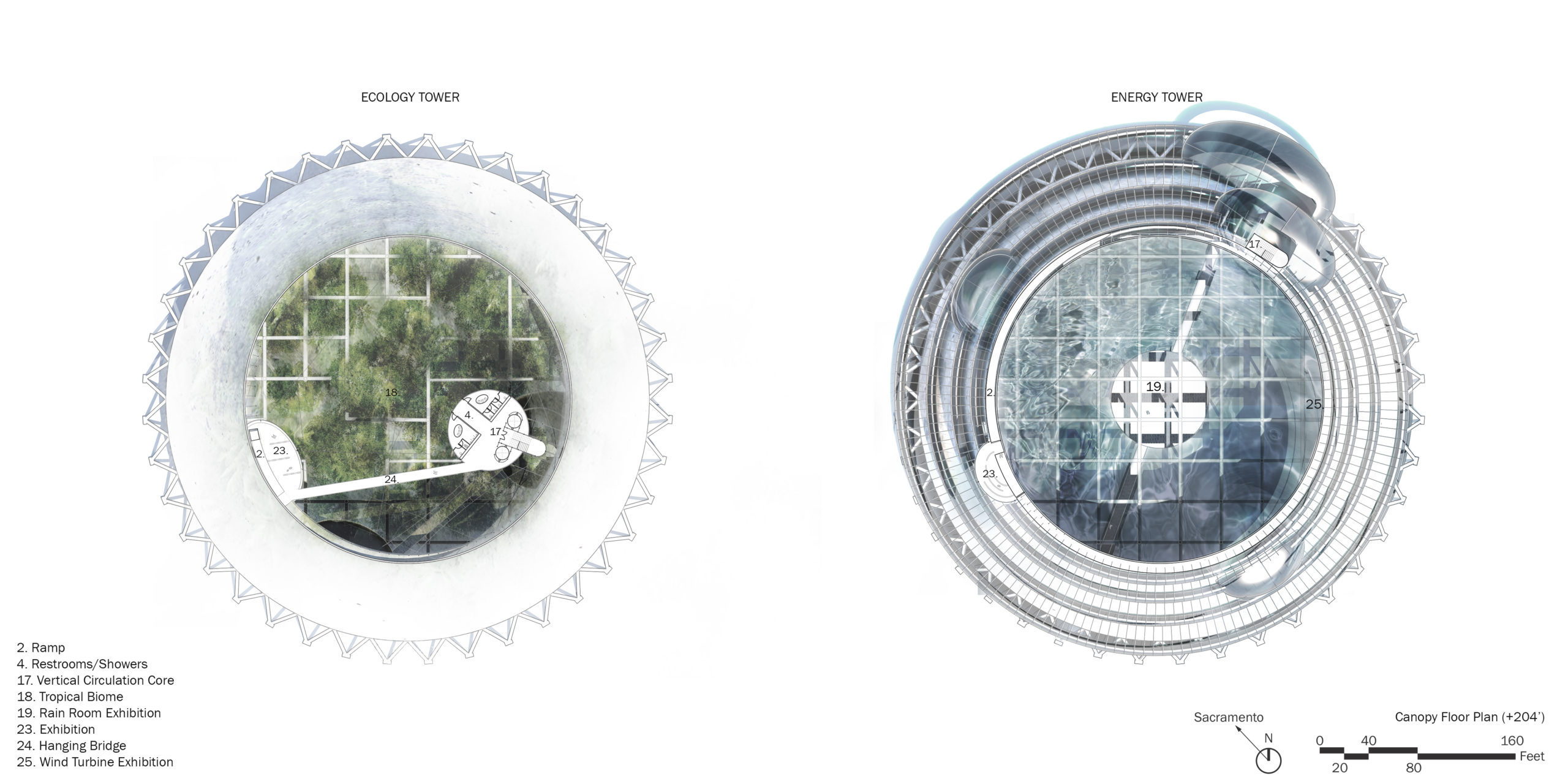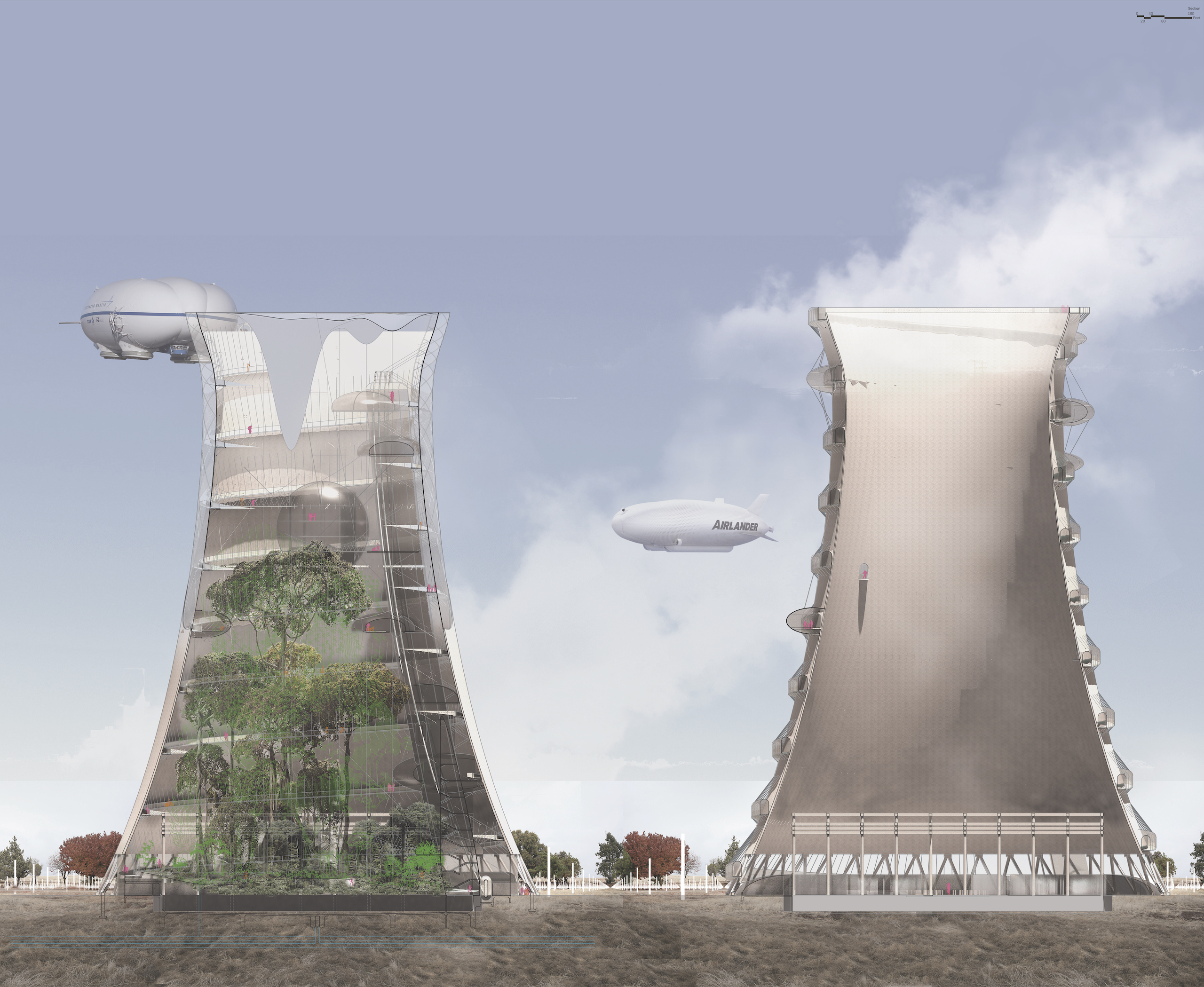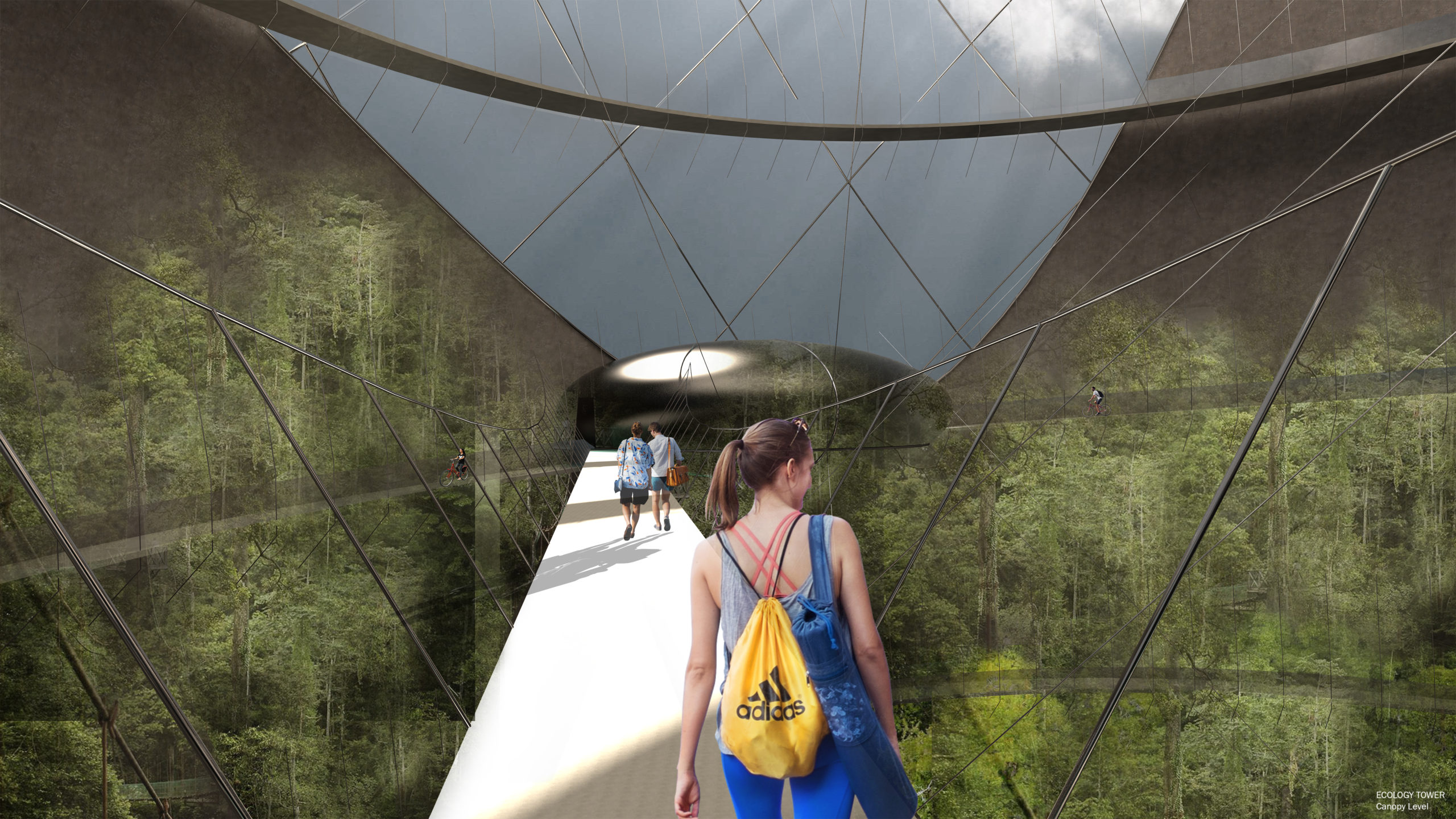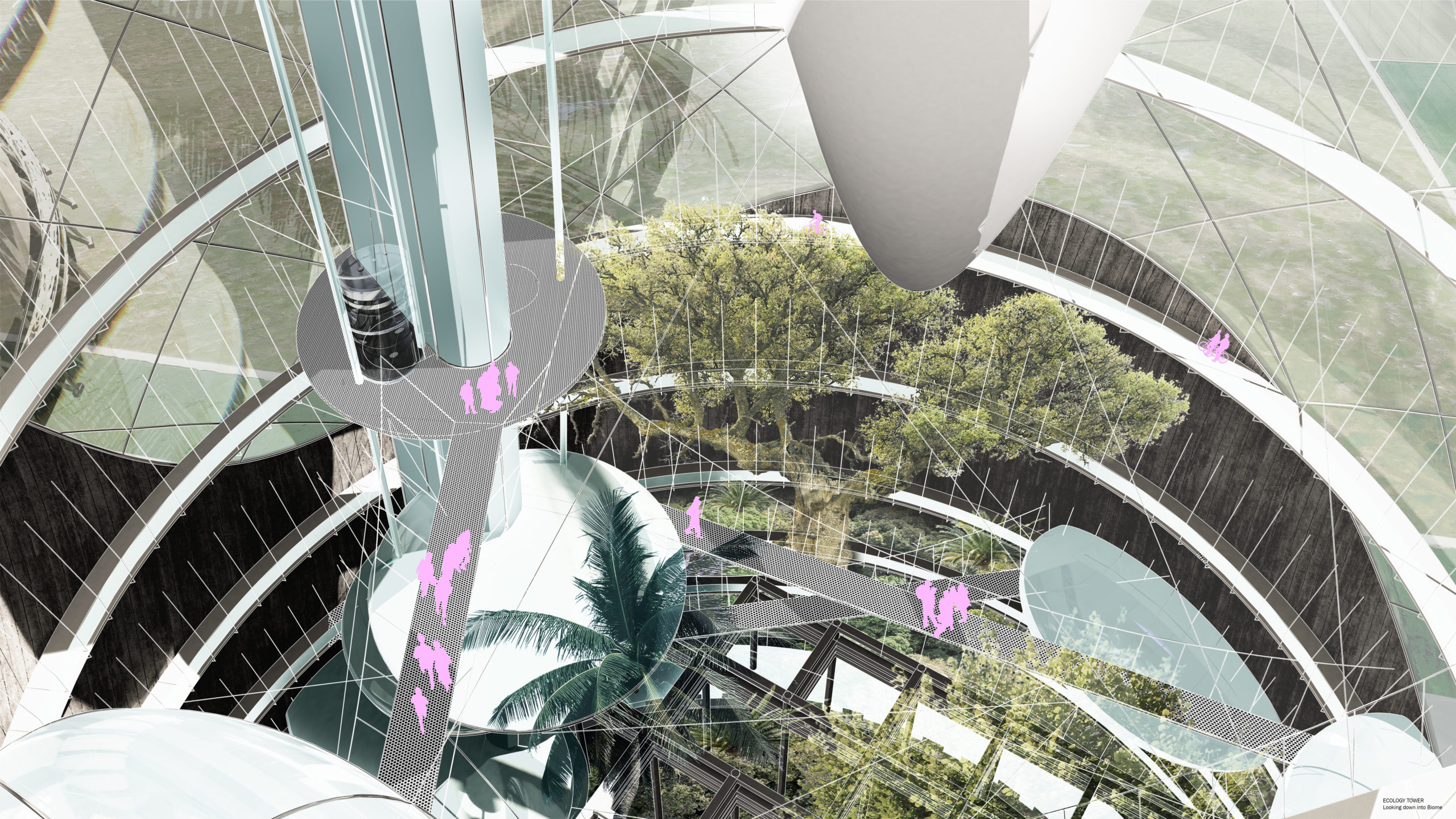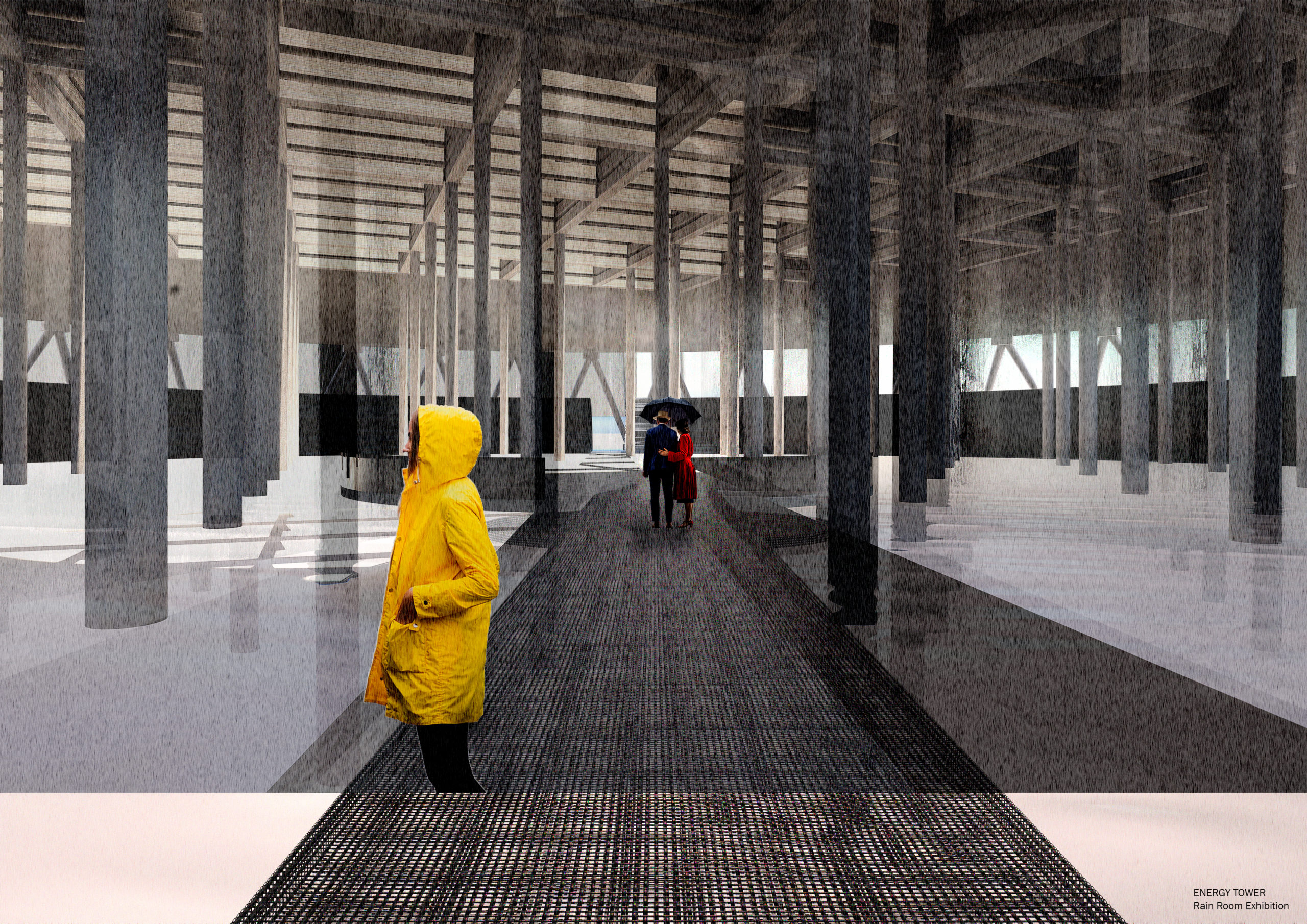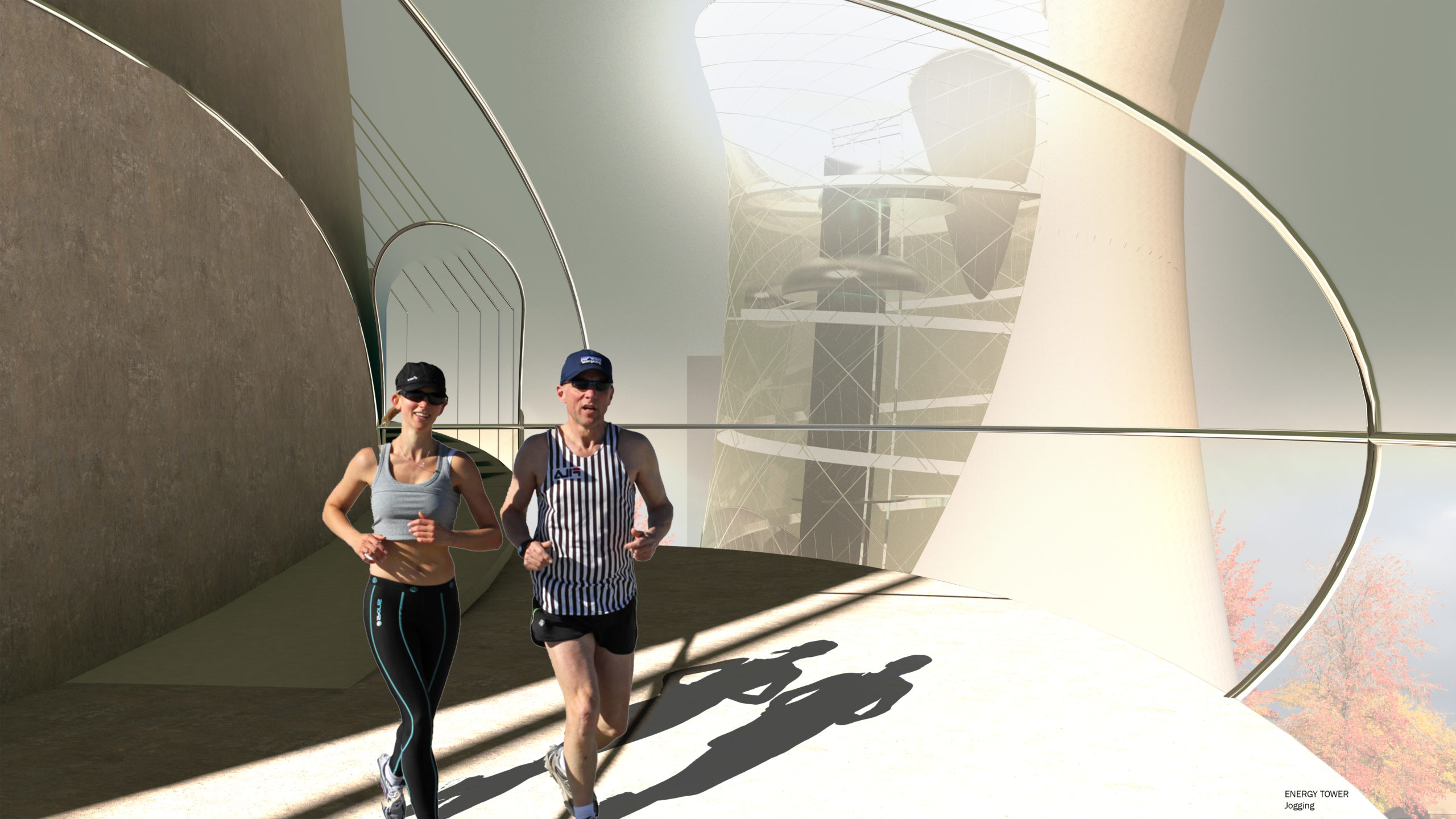Master of Architecture Thesis
Sublimity of Horror Architecture: A Thesis on Revitalizing a Nuclear Power Plant
Fan Pan
AAU 2019
Thesis Advisor: David Gill
Thesis Preparation: David Gill
Nuclear energy has been both celebrated and criticized ever since it was discovered. The radioactive material uranium was discovered in 1789, but it was not until 1895 that scientists first noticed nuclear radiation, which then lead to the utilization of nuclear energy around the world. The X-ray, as a type of nuclear energy, has brought people many benefits, especially in life science where nuclear radiation imaging is used. However, as the study of atomic energy advanced through time, nuclear fission brought about the nuclear bomb. This bursting form of nuclear energy, unlike the subtle radiation in medical experiments, shocked the world with the bombings in Hiroshima and Nagsaki during World War II, which left a long-lasting horrifying impression that still scares people today. On the other hand, our ability to control the energy generating process of nuclear energy has progressed and has led to the use of nuclear power plants throughout the world.
Since the nuclear energy generating process produces a large amount of heat that requires an enormous body of water to cool down the system, huge cooling towers are constructed to cool down the heated water before releasing it into the environment. Cooling towers have become part of the nuclear power plant typology, and they have come to be an icon of nuclear power plants. During the Cold War period, the U.S. and the Soviet Union competed to construct nuclear-powered electricity generators to support their economic growths and military developments. Meanwhile, in the 1960s and 19070s, due to the oil and coal crisis, countries like the U.S. aimed to become energy independent. Along with the increasing awareness all over the world that the pollutions from fossil fuel plants damaged the environment, people began to notice how “environmental-friendly” nuclear power plants were as they produced much less air pollution than fossil fuel plants during the power generating process. To conclude, nuclear power plant construction companies experienced a business boost because of all these factors. However, in 1979, the Three Mile Island’s nuclear power plant had an accident. People identified this accident as an indicator of the meltdown of the nuclear industry in the U.S. People came to realize the heavy construction of nuclear power plants was not sustainable at all. Additionally, the consequences of a failing nuclear power plant were totally unbearable no matter what. The cooling towers, the representation of nuclear power plants, warn people about the danger of nuclear energy and remind people about the horror of accidents.
Despite the debates about whether nuclear energy is benefiting human society or harming it, and whether nuclear energy should be considered as green energy or not, the image of nuclear power plant architecture can be identified as a new category of architecture: horror architecture. Horror architecture features a few unique characteristics: enormous scale (machine scale), massive but simple volumes, highly secured sites, and specialized original functions that were designed for certain dangerous operations.
This thesis is to exploit the horror architecture and to propose a design to shift the ideology of “horror” to “sublime” so that the horror architecture can be welcoming to the general public.
The chosen site Rancho Seco Nuclear Power Plant was first opened in 1974, the year of the Arab nations’ oil embargo against the U.S. ended. It was put into operation to provide electricity for the increasing number of Sacramento County residents. It was decommissioned in 2009. Now that this industrial area is no longer using uranium to produce electricity, the heavy structures are left empty and program-less.
The remaining structure on site includes the cleaned-up reactor unit, two cooling towers, and few office buildings. Besides the master planning of the entire area, my main design focuses on re-utilizing the towers and modify them as needed for the whole renovation. The site-featured characteristics are vastness and emptiness. The enormous machine scale awes the visitors at their first sight. The original radioactive function alerts visitors about its destructive potential and its incredible electricity-generating ability. To bring programs related to energy saving and climate control on this site has both tangible and intangible reasons. The remaining structures provide more than enough spaces for the programs. The site context, which is the wasted used-to-be nuclear power plant, gives an emotional twist as it gets transformed into a green energy research center. By introducing new programs to the site and new perspectives to look at the site, the huge and un-human-friendly scale can be broken down for human occupation.
2020 AIASF Design Awards, Citation Award, Unbuilt Design







